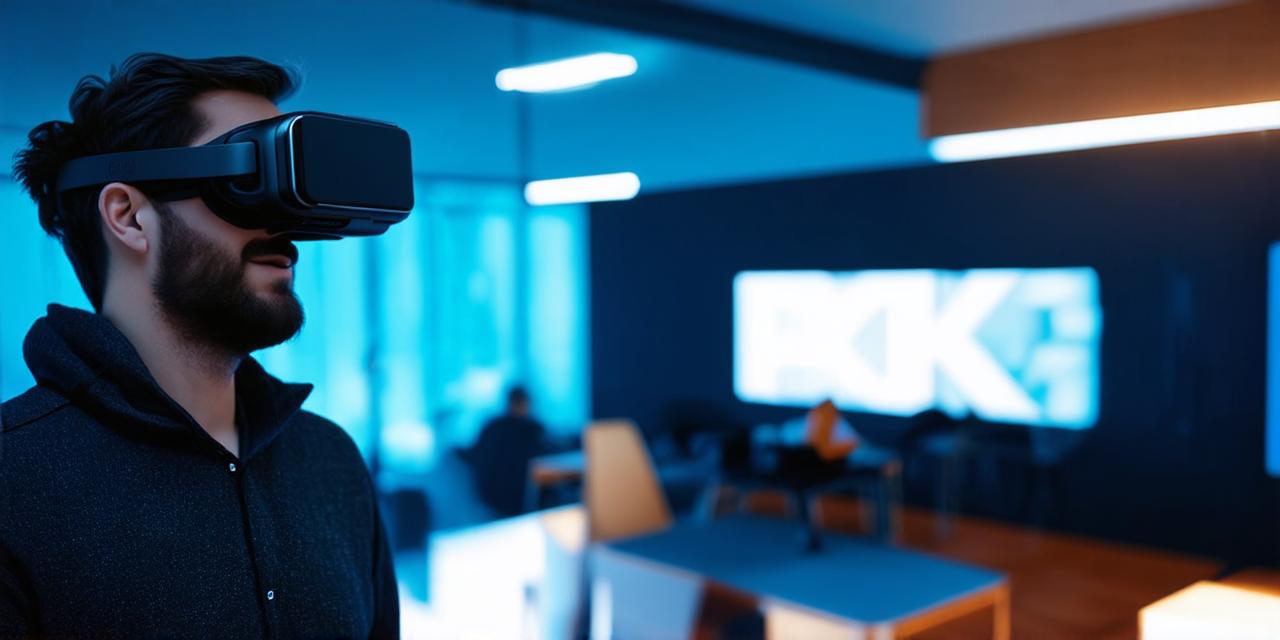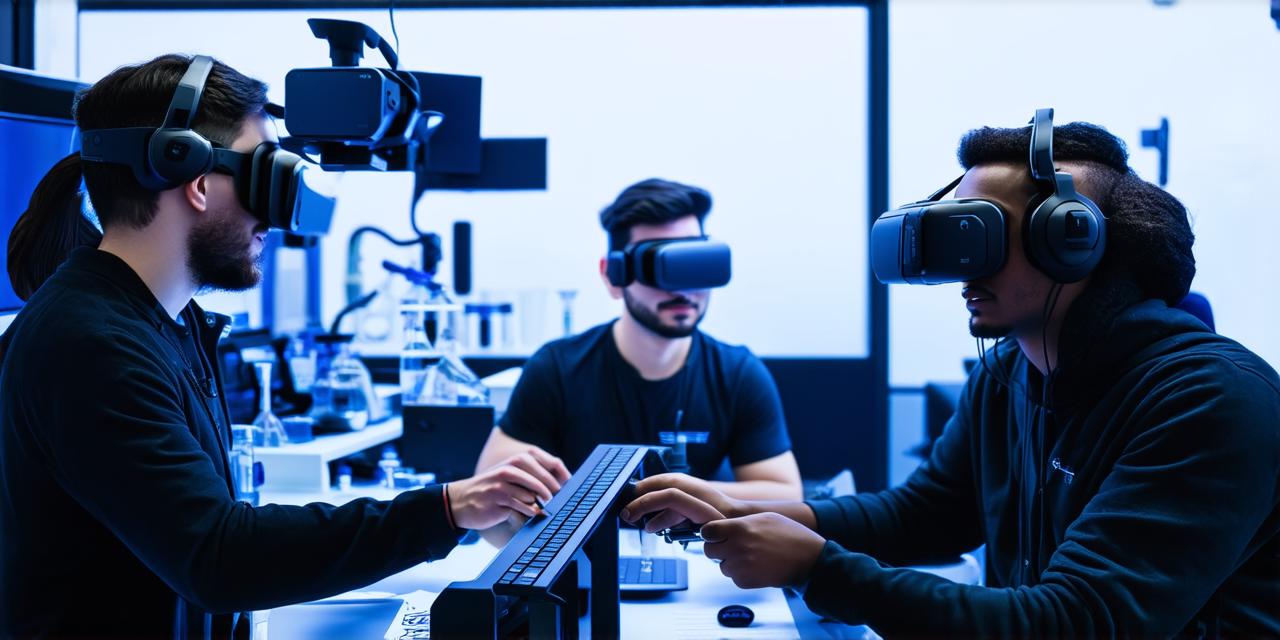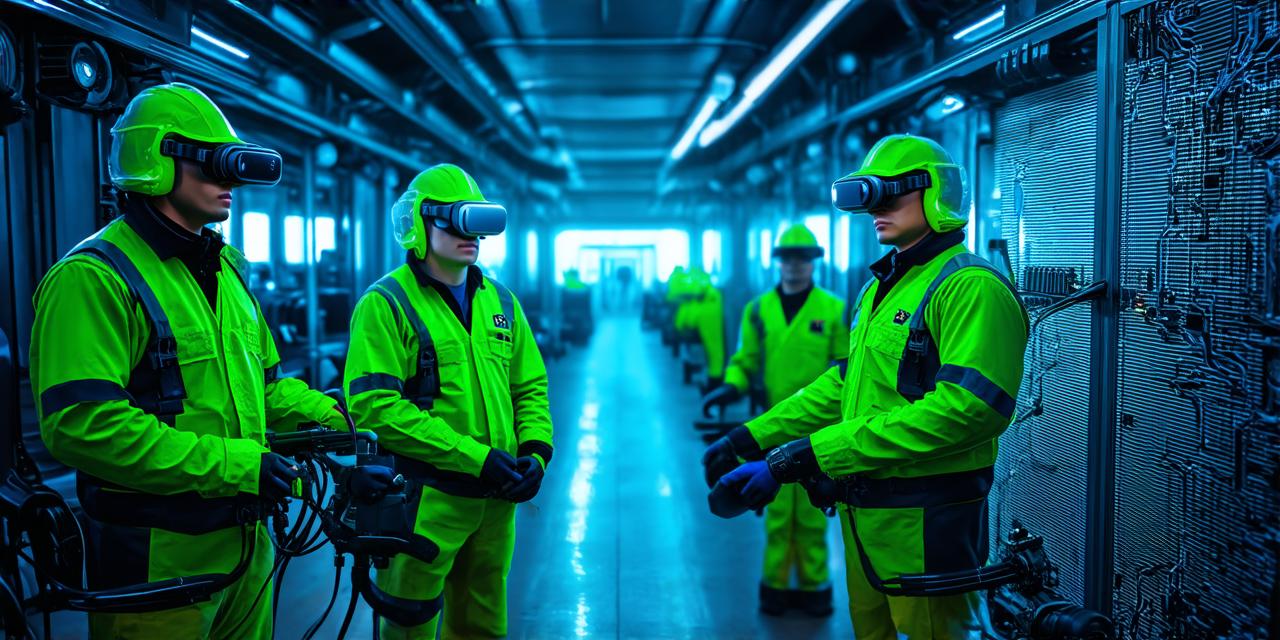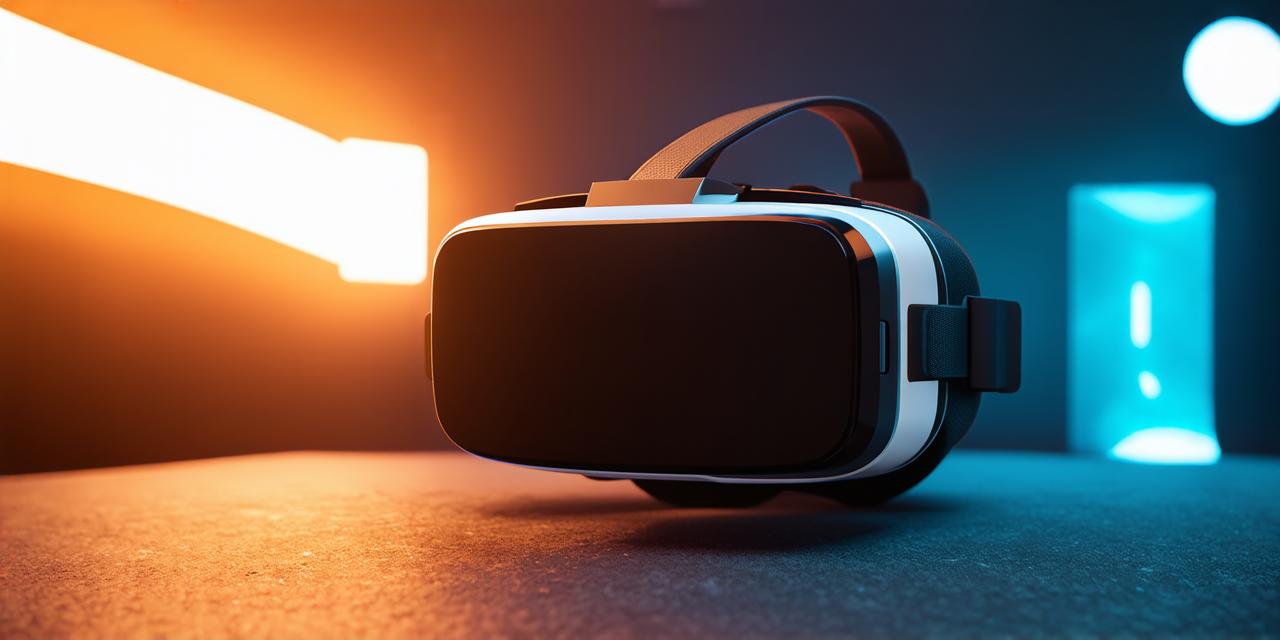Virtual reality (VR) technology has revolutionized the way we interact with digital content and opened up new possibilities for immersive experiences. One of the key features of VR headsets is the pass-through mode, which allows users to view their real-world surroundings while still experiencing virtual environments.
The Pass-Through Mode: An Overview
Pass-through mode is a feature on VR headsets that allows users to view their real-time surroundings, such as the room they are in and the objects around them, while also overlaying digital content onto those surroundings. The result is an immersive experience that blends the real world with the virtual world.
Pass-through mode is particularly useful for tasks that require both a real-world and virtual component, such as remote collaboration, training simulations, and architectural visualization. By using pass-through mode, users can see their colleagues or clients in real-time while still experiencing the virtual environment. This allows for more effective communication and collaboration.
The Benefits of Pass-Through Mode
Enhanced Collaboration
Pass-through mode allows users to collaborate with others in real-time while still experiencing the virtual environment. This is particularly useful for remote teams who need to work together on complex tasks. For example, architects can use pass-through mode to view their clients’ physical surroundings while still experiencing their design ideas.
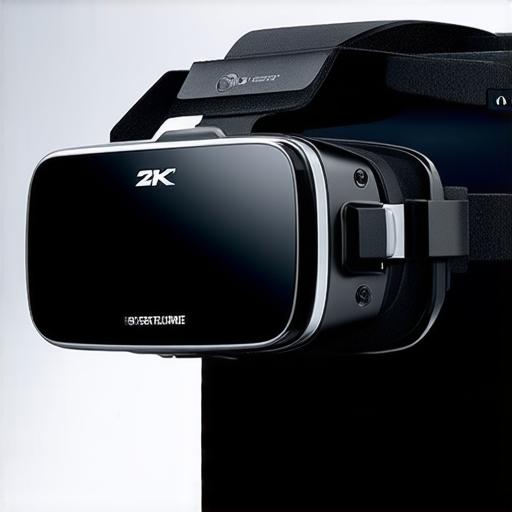
Improved Training Simulations
Pass-through mode is also useful for training simulations. By using pass-through mode, users can see their real-world environment while still practicing virtual scenarios. This allows them to learn in a safe and controlled environment while also getting a feel for the real-world conditions they may encounter on the job. For example, pilots can use pass-through mode to simulate flying scenarios in a controlled environment.
Enhanced Immersive Experiences
Finally, pass-through mode enhances immersive experiences by allowing users to see their real-world surroundings while still experiencing virtual environments. This creates a more realistic and engaging experience for the user. For example, gamers can use pass-through mode to play games in a virtual environment while still being able to interact with the physical world around them.
Case Studies: Real-World Examples of Pass-Through Mode in Action
There are many real-world examples of how pass-through mode is being used to enhance immersive experiences and collaboration. Here are a few examples:
Remote Collaboration
A team of architects used pass-through mode to collaborate with their clients on a new building design. They were able to view their clients’ physical surroundings while still experiencing the virtual environment, which allowed them to provide more accurate and detailed feedback. This ultimately led to a more successful project outcome.
Training Simulations
A group of pilots used pass-through mode to simulate flying scenarios in a controlled environment. They were able to see their real-world environment while still practicing virtual scenarios, which allowed them to learn in a safe and controlled environment. This ultimately led to improved flight skills and reduced training costs.
Enhanced Immersive Experiences
A group of gamers used pass-through mode to play games in a virtual environment while still being able to interact with the physical world around them. They were able to experience a more immersive and engaging gameplay experience, which led to increased player satisfaction.
